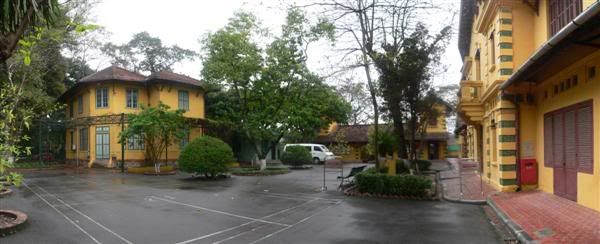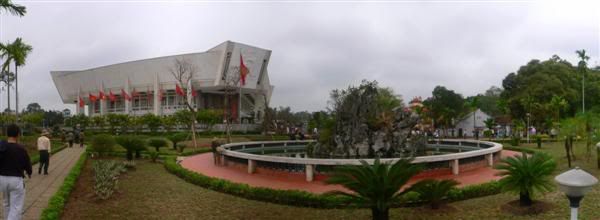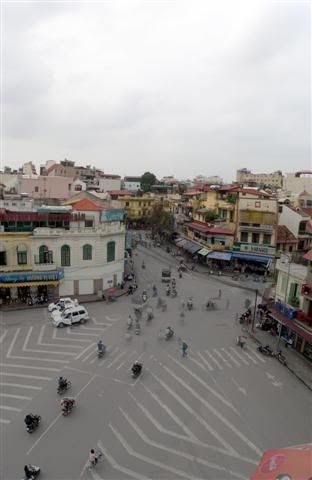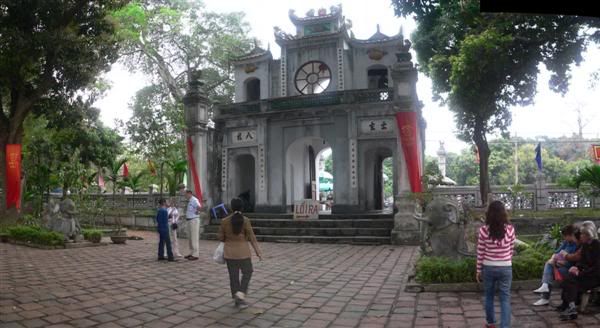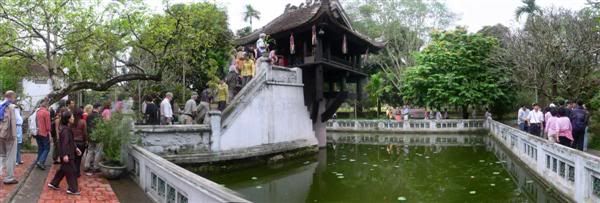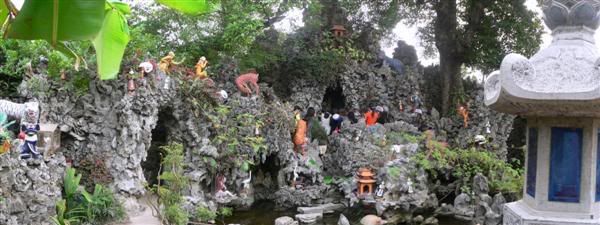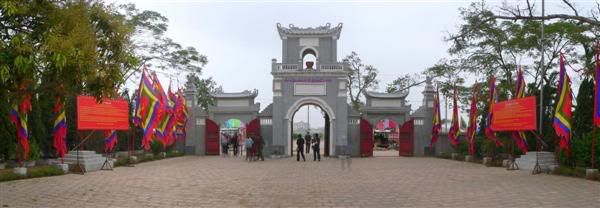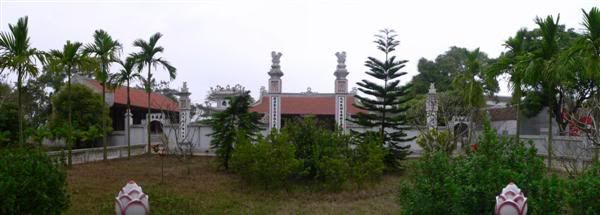The Ba Dinh Square zone. This zone is situated south of West Lake and North of Hanoi Old Citadel and is well-known for the following historical sites:
- Ho Chi Minh Mausoleum. It was opened on September 2, 1975, standing on the historical Ba Dinh square. This architectural structure has a rectangular form and evokes a lotus. Its upper part was made in the style typical of a traditional Vietnamese pagoda. The Mausoleum is opened daily for people coming to pay their homage to president Ho Chi Minh.
- Uncle Ho's (Ho Chi Minh) house-on-stilts. The house is located in the compound of the Presidential Palace ( former Residence of the Governor General of Tonkin). It is made from wood, in the style typical of the houses of mountain ethnic minorities. Next to the house are century old trees, by the side of a beautiful lake. President Ho Chi Minh lived, worked and hold meetings with top leaders from 1954 until he passed away in this house (September 1969).
- Ho Chi Minh Museum. This five-storey architectural project is situated behind Ho Chi Minh Mausoleum. It was opened on September 2, 1990 on the occasion of the 100th birthday of the President. In this Museum many objects and documents relating to Ho Chi Minh are kept.
Click image for big size





